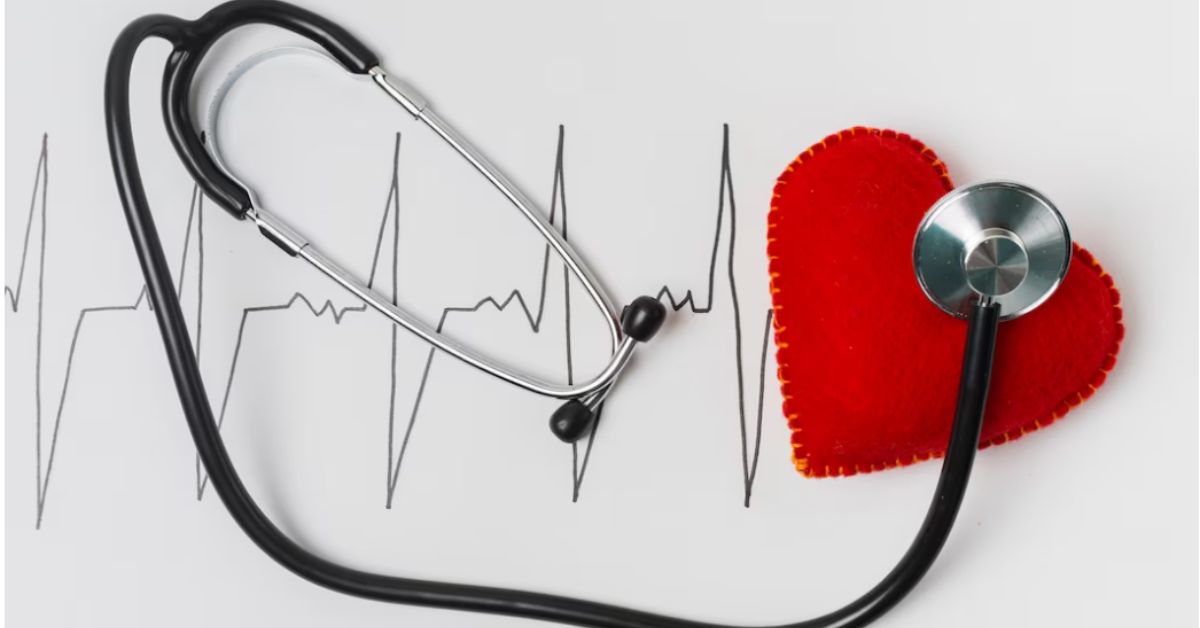Cholesterol is a crucial but often misunderstood component of our body’s chemistry. While it plays essential roles in various bodily functions, having excessively high levels of certain types of cholesterol can lead to health problems, including heart disease. In this article, we will delve into the top heart specialist center Patiala world of cholesterol, understanding its types, and levels, and how to maintain a healthy balance for optimal well-being. The Best Cardiologist Hospital in Patiala stands as a beacon of hope for those seeking top-tier cardiac treatment and compassionate care.
What is Cholesterol?
Cholesterol is a fatty, wax-like substance present in the cells of our bodies. It is vital for the production of cell membranes, hormones, and vitamin D. Our liver produces most of the cholesterol required for these functions, but we also obtain some through our diet, primarily from animal-based foods.
Patients from across the region trust the expertise and dedication of the cardiologists at the Best Cardiologist Hospital in Patiala for their cardiac health.
The Types of Cholesterol
Cholesterol doesn’t exist in isolation; it travels through our bloodstream within lipoproteins. There are two primary types of cholesterol carriers:
1. Low-density lipoprotein (LDL)
LDL cholesterol is commonly known as “bad” cholesterol because it transports cholesterol from the liver to cells throughout the body. While our cells need cholesterol to function properly, if there’s an excess of LDL cholesterol in the bloodstream, it can build up on the walls of arteries, forming plaques that can narrow and block blood vessels. This condition, known as atherosclerosis, can increase the risk of heart disease and stroke.
2. High-density lipoprotein (HDL)
Conversely, HDL cholesterol is frequently labeled as “good” cholesterol. It transports cholesterol away from the cells and back to the liver, where it is processed and eliminated from the body. Higher levels of HDL are associated with a reduced risk of heart disease because it helps clear LDL cholesterol from the bloodstream.
Understanding Cholesterol Levels
To assess your cholesterol levels and determine your risk of heart disease, a blood test known as a lipid panel or cholesterol panel is conducted. On the flip side, HDL cholesterol is commonly referred to as “good” cholesterol.
1. Total Cholesterol
Total cholesterol is a combination of LDL cholesterol, HDL cholesterol, and a small amount of another type called triglycerides. It gives an overall picture of your cholesterol levels but doesn’t provide detailed information about your risk.
2. LDL Cholesterol
LDL cholesterol levels are a critical factor in assessing your risk of heart disease. Lower levels of LDL cholesterol are generally better, as high levels can lead to the buildup of arterial plaques.
3. HDL Cholesterol
Higher levels of HDL cholesterol are generally considered beneficial, as it helps remove LDL cholesterol from the bloodstream.
4. Triglycerides
Triglycerides are a different type of fat that is present in the bloodstream. Elevated triglyceride levels are associated with an increased risk of heart disease, especially when combined with high LDL cholesterol.
Maintaining Healthy Cholesterol Levels
Maintaining a healthy balance of cholesterol in your body is essential for overall health and well-being. Here are some strategies to help you achieve and maintain healthy cholesterol levels:
1. Eat a Heart-Healthy Diet
- Choose Healthy Fats: Opt for unsaturated fats found in olive oil, avocados, and nuts, which can help lower LDL cholesterol. Restrict the intake of saturated and trans fats commonly found in red meat and processed foods.
- Increase Fiber Intake: Consuming foods rich in soluble fiber, such as oats, beans, and fruits, can be effective in reducing LDL cholesterol levels.
- Include Omega-3 Fatty Acids: Fatty fish like salmon, mackerel, and trout are rich in omega-3 fatty acids, which can help lower triglycerides.
2. Exercise Regularly
Physical activity can raise HDL cholesterol levels and lower LDL cholesterol. Strive for a minimum of 150 minutes of moderate-intensity aerobic exercise or 75 minutes of vigorous-intensity exercise per week.
3. Maintain a Healthy Weight
Losing excess weight can improve your cholesterol profile. Even a modest weight loss can lead to significant improvements in cholesterol levels.
4. Avoid Smoking
Smoking lowers HDL cholesterol levels and damages blood vessels, making it easier for LDL cholesterol to accumulate in arterial plaques. Quitting smoking can improve your overall cardiovascular health.
5. Limit Alcohol Consumption
While moderate alcohol consumption may increase HDL cholesterol levels, excessive alcohol intake can lead to high triglyceride levels and other health issues. If you consume alcohol, do it in moderation.
6. Medications
In some cases, medications may be prescribed by a healthcare provider to help manage cholesterol levels. These may include statins, which lower LDL cholesterol, or other drugs that reduce triglycerides or increase HDL cholesterol.
Conclusion
Cholesterol is a complex and essential substance in the body, but maintaining a healthy balance is crucial for overall health. Understanding the types of cholesterol, their roles, and how to manage cholesterol levels through lifestyle changes and, if necessary, medication can significantly reduce the risk of heart disease and other related health issues. Regular check-ups with a healthcare provider, along with a heart-healthy lifestyle, can help you achieve and maintain healthy cholesterol levels. By making informed choices and adopting healthy habits, you can take charge of your cardiovascular health and enjoy a longer, healthier life.


